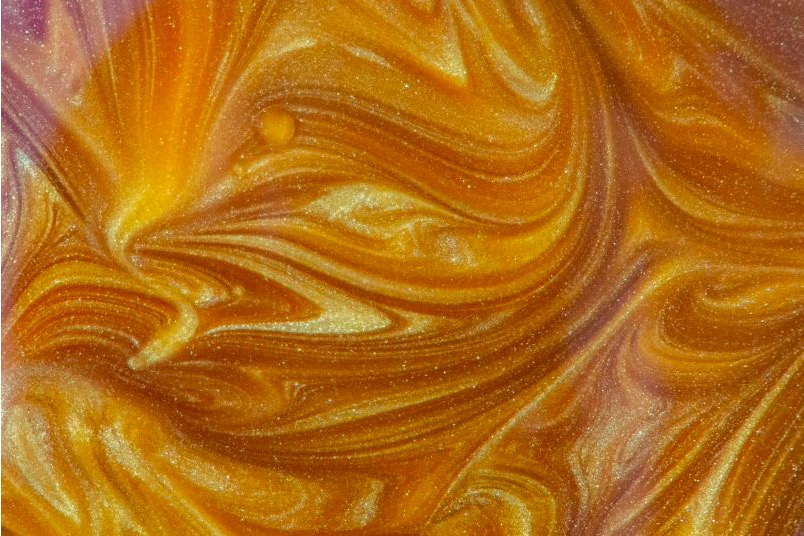Cilmi-baadhayaashu waxay ogaadeen in wax ka beddelka epoxy acrylate (EA) ee dhexdhexaadka ah ee kaarboxyl-ka-soo-baxa ay kordhiso dabacsanaanta filimka waxayna yaraynaysaa viscosity of resin. Daraasadu waxay sidoo kale caddaynaysaa in alaabta ceeriin ee la isticmaalo ay yihiin kuwo aan qaali ahayn oo diyaar ah.
Epoxy acrylate (EA) hadda waa oligomer-ka ugu badan ee loo isticmaalo UV-la daweyn karo sababtoo ah wakhtiga daawaynta oo gaaban, dahaarka sare ee engegan, hanti farsamo oo aad u fiican, iyo xasilloonida kulaylka. Si wax looga qabto dhibaatooyinka jajabnaanta sare, dabacsanaanta liidata, iyo viscosity sare ee EA, UV-la daweyn karo epoxy acrylate oligomer oo leh aragti hoose iyo dabacsanaan sare ayaa la diyaariyey waxaana lagu dabaqay daahan UV-la daweyn karo. Carboxyl ayaa la joojiyay dhexdhexaadinta iyada oo la helay falcelinta anhydride iyo diol ayaa loo isticmaalay in lagu beddelo EA si loo hagaajiyo dabacsanaanta filimka la daaweeyay, iyo dabacsanaanta ayaa lagu hagaajiyay dhererka silsiladda kaarboon ee diols.
Sababo la xiriira sifooyinkooda aadka u wanaagsan, resins epoxy ayaa si aad ah loogu isticmaalaa warshadaha daahanka marka loo eego ku dhawaad nooc kasta oo kale ee xiraha. Buugooda cusub ee tixraaca "Epoxy Resins", qorayaasha Dornbusch, Christ iyo Rasing waxay sharxayaan aasaaska kimistari ee kooxda epoxy waxayna isticmaalaan qaabab gaar ah si ay u sharaxaan isticmaalka epoxy iyo phenoxy resins ee daaha warshadaha - oo ay ku jiraan ilaalinta daxalka, sagxadaha sagxadda, daboolka budada ah iyo dahaarka gudaha.
Viscosity resin-ka ayaa la dhimay iyadoo qayb ahaan lagu bedelay E51 glycidyl ether binary. Marka la barbar dhigo EA aan la beddelin, viscosity of resin ee lagu diyaariyey daraasaddan ayaa hoos u dhacaya min 29800 ilaa 13920 mPa s (25 ° C), iyo dabacsanaanta filimka la daweeyay ayaa kor u kacaya 12 ilaa 1 mm. Marka la barbar dhigo ganacsi ahaan la heli karo ee EA la beddelay, alaabta ceeriin ee loo isticmaalo daraasaddan waa qiimo jaban oo si sahlan loo heli karo heerkulka falcelinta ee ka hooseeya 130 ° C, iyada oo la adeegsanayo habka isku-dhafka fudud, oo aan lahayn dareere organic.
Cilmi-baadhistan ayaa lagu daabacay Joornaalka Tignoolajiyada Dahaarka iyo Cilmi-baarista, Volume 21, Noofambar 2023.
Waqtiga boostada: Febraayo-27-2025






